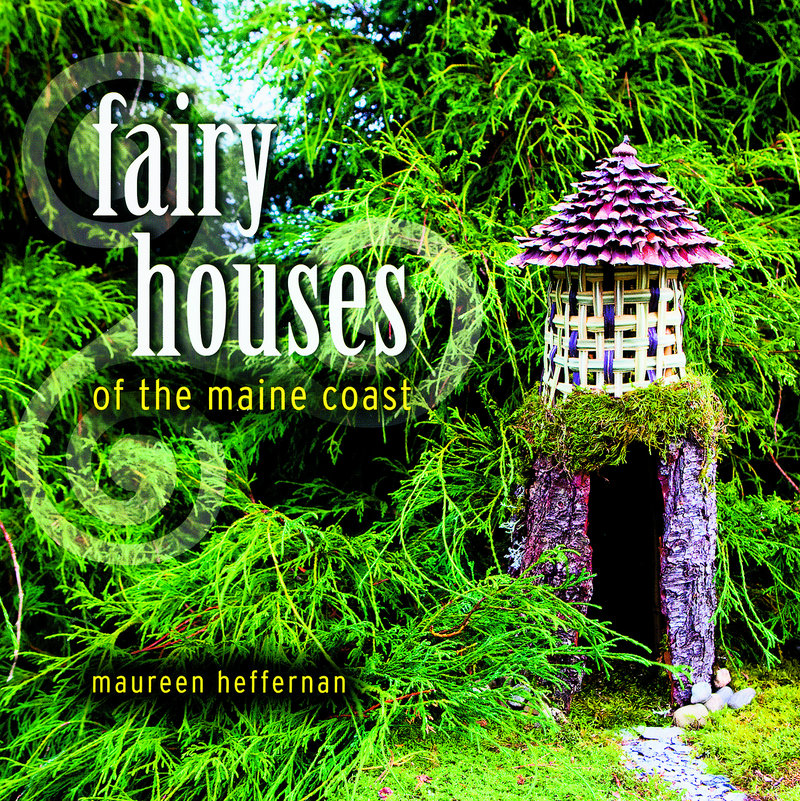Working at botanical gardens in her native Ohio, Maureen Heffernan had never heard of people building fairy houses.
But when she took the job as executive director of Coastal Maine Botanical Gardens in Boothbay seven years ago, she found out what fairy houses were all about.
Big time.
As the gardens were being built in Boothbay, volunteers and staffers started building little fairy houses out of sticks, leaves and other found materials. Building fairy houses has been going on in Maine for years, especially in coastal areas such as Mackworth Island near Portland.
So the fairy-house areas at Coastal Maine Botanical Gardens took off, with visitors building their own without any prompting. From there, it grew into an annual fairy-house festival in August, which draws huge crowds to the botanical gardens.
Heffernan thought a book about fairy houses — using hundreds of pictures of houses built by artists and children at the gardens — would be a good way to try to capture the whimsy and charm of this trend.
The result is “Fairy Houses of the Maine Coast” (Down East, $14.95), a small coffee-table book written by Heffernan, with most pictures by Maine photographer Robert Mitchell.
The book also includes fairy lore, history and verse, as well as guides to places to find fairy houses, materials that make good fairy houses, and other mysteries of nature.
Q: How did fairy houses get to be such a big thing at Coastal Maine Botanical Gardens?
A: Fairy houses have been one of the most popular things we have here. I looked around the state and saw that fairy-house festivals hadn’t really been done, and it seemed like such a Maine tradition, so I thought we should try it. We started the first one (in 2007) and got more than 1,000 people.
Q: And that gave you the idea for the book?
A: I wanted to capture the fun and magic and creativity we’ve had at the festivals over the years. We have lots built by kids, but great ones built by artists, too.
Q: Is there practical information in the book?
A: I mention places to see fairy houses besides here, such as Mackworth Island or Squirrel Island. And I talk about the kinds of materials you can find without stripping bark or breaking branches, and I point out the various nooks, hollowed-out trees and other places that are fairy houses built by nature.
Q: So they didn’t have fairy houses in Ohio?
A: I hadn’t heard of them. But when I was young, and I write about this in the book, my parents surprised us one morning by telling us to go look at the fairy cake, made out of mud and sticks, out in the yard. I was raised on a farm, and there was this area with holes from dug-up trees that we called Fairyland. So our parents made this fairy cake for us, and I always remember that.
Q: What do you hope people get out of this book?
A: I just hope they are charmed by the creativity of these houses, to realize it’s a fun way to reconnect with nature, with childhood. And I just wanted to show the beauty of Maine, the coast, the woodlands, in these pictures.
It’s just fun to walk in the woods and imagine a whole other world there. I hope it could make people look more closely at nature and maybe even be more creative in their own homes, to have a different way of looking at things.
Staff Writer Ray Routhier can be contacted at 791-6454 or at:
rrouthier@pressherald.com
Send questions/comments to the editors.



